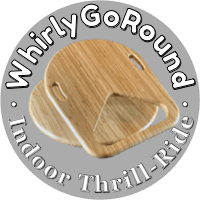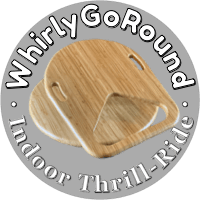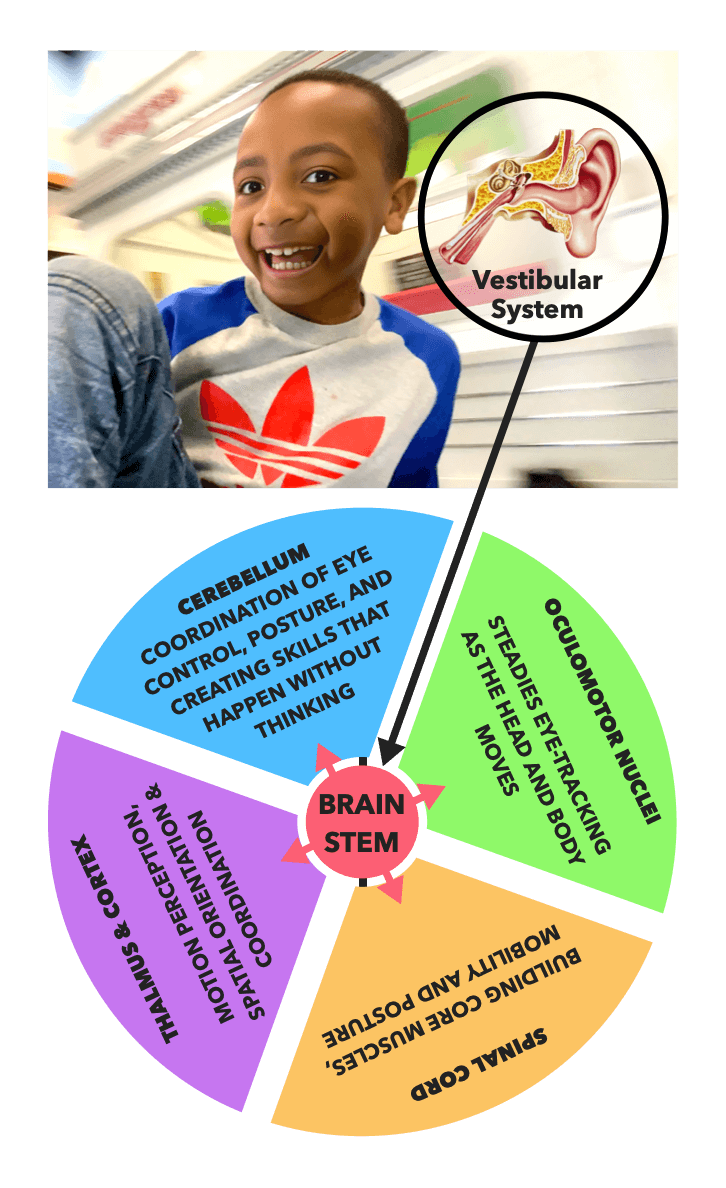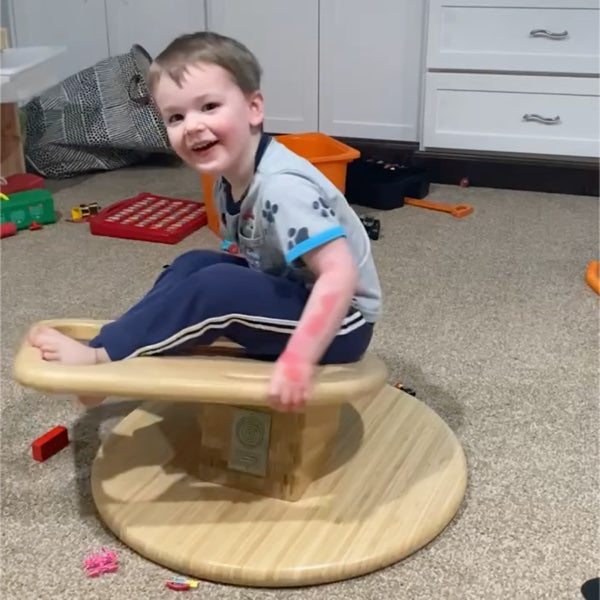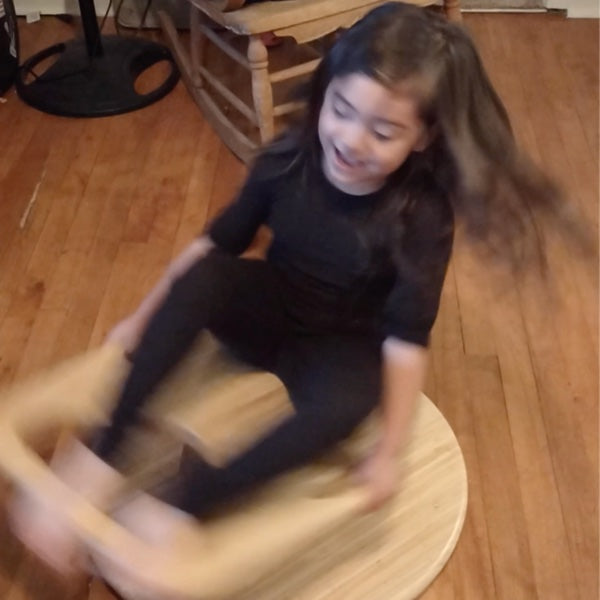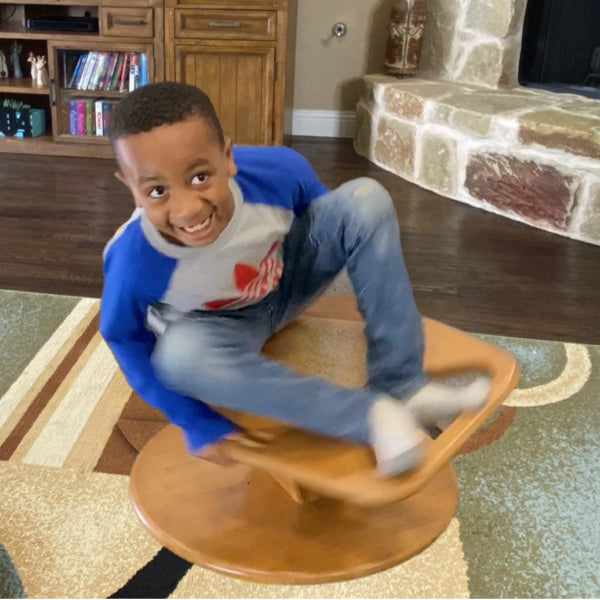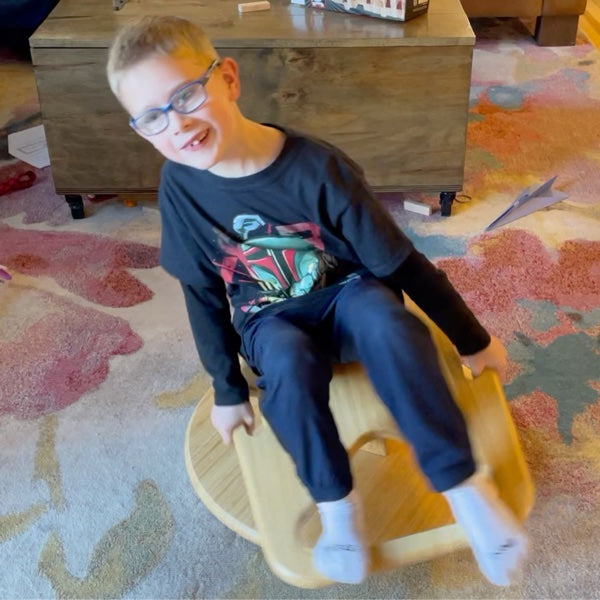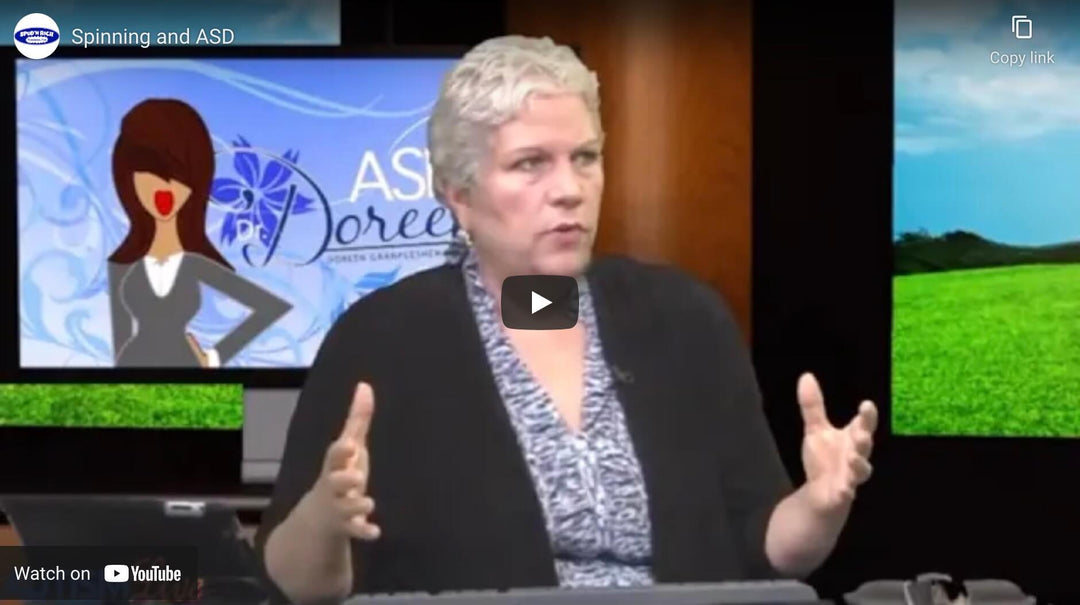Spinning Joy:

Active Play for Happier Days!
Why Kids Need More Movement to Thrive
Today’s kids miss out on the spinning, climbing, and running that past generations loved—like the merry-go-rounds of old playgrounds. Instead, many spend hours on screens or in strollers, car seats, and carriers, limiting the active play that builds strong bodies and calm minds. WhirlyGoRound brings back the joy of active play! Its kid-powered spinning sparks fun, boosts balance, and helps kids feel focused and happy.
Spin to Grow Stronger and Happier!
How Spinning Boosts Body and Mind
Every spin on the WhirlyGoRound is a boost for your child’s body and mind! The joyful twirl—shown in our illustration—activates the inner ear (vestibular system), sparking connections in the brain that improve balance, coordination, and focus. Spinning helps kids track moving objects, process information faster, and even grow new brain pathways, all while releasing feel-good endorphins. It also builds a stronger core, from tummy to shoulders, helping kids sit still longer and feel more settled. The result? Calmer, happier kids who can regulate emotions, control impulses, and shine in school or play. Give your child the gift of active, brain-boosting fun with WhirlyGoRound!
Spin, Learn, Shine!
Watch your child grow with every spin! On the WhirlyGoRound, kids discover how to control their spin by shifting their body—starting slow, then whirling faster with each try. This hands-on challenge sparks joy and builds confidence as they master the motion. Check out the video to see a child’s first spin, from wobbly start to triumphant twirl! Every effort fuels a sense of pride, teaching kids that hard work leads to fun and success—skills that shine in school and beyond.

A CLASSROOM PERPECTIVE
Kristin Langley, Early Learning Lead Teacher • Waldorf School, Louisville,
The children have loved the WhirlyGoRounds. I introduced it in our morning circle and let them all have a turn (every single child wanted to try it), and then I pulled it out during free play as an option for the children to self-select. I initially had to help them take turns and monitor the time as some children would have stayed on it indefinitely.
I did have children who would ask to use it consistently and seemed to "know" when they needed a movement break. After we saw how it was helping certain students during those moments either to refocus or calm down, we also used it intentionally before and after clean up time - which seemed to settle the children and improve their attention on the task at hand.
I did not observe any negative effects, the children seemed to self-monitor their experience (after the initial popularity of something new). No one fell off or was sick from spinning so fast! All ages seemed to be drawn to it. Next year I am going to identify a few children who need some support with behavior or emotional regulation and plan a consistent time for regular use during the day and see what we observe over a 6 week time period.
Twirl to Thrive: How WhirlyGoRound Boosts Your Child’s Growth
Fun That Builds Strong Bodies, Sharp Minds, and Happy Hearts
Every spin on the WhirlyGoRound is a burst of fun that fuels your child’s growth! Experts say spinning is a powerhouse for development, helping kids build strong bodies, sharp minds, and happy hearts. Here’s how:
Stronger Bodies: Spinning strengthens your child’s core—tummy, back, and shoulders—building balance and coordination for running, jumping, and playing. It helps kids move with confidence and sit still longer for school or storytime.
Sharper Minds: WhirlyGoRound’s twirling motion sparks the inner ear, boosting focus, spatial awareness, and quick thinking. Kids learn to navigate their world better, from dodging obstacles to writing or drawing with ease.
Happier Hearts: Spinning is a joyful outlet for energy and emotions, helping kids feel calm, settled, and ready to learn. It can ease anxiety for some or energize others, boosting confidence with every successful twirl.
Playful Connections: Sharing spins with friends encourages teamwork and social fun, creating smiles and memories.
Safe Spinning Tips: Supervise every spin and keep the area clear. Start with short spins, watching your child’s cues—some love the thrill, others need a gentler pace. WhirlyGoRound’s kid-powered design makes it safe and fun for ages 4-9.
Backed by science, WhirlyGoRound delivers the active play kids need to grow strong and happy. Order yours today at whirlygoround.com and let the spinning begin!
Published Articles
Penn State University
If children incessantly spin in circles, it is because their bodies crave that stimulation.
The vestibular, proprioceptive, auditory, and visual senses work in concert. These fancy words are labels for sensory systems in humans that often work behind the scenes, taking in information and shaping the brain’s network.
Spinning in circles is one of the best activities to help children gain a good sense of body awareness. Through spinning they figure out where their “center” is and then are more able to coordinate movement on the two sides of the body.
Rather than making children susceptible to falls, spinning actually improves a child’s surefootedness, and it also improves their ability to concentrate in the classroom.
The vestibular system controls a person’s balance, posture, gaze stabilization, and spatial orientation. It also impacts impulse control (Angelaki and Dickman 2017). This nerve development is necessary for future tasks like following lines of text across a page (White 2013).
Awake Parent
Studies show that spinning and other physical movement through space helps children’s brain development and their ability to pay attention, by stimulating the vestibular (inner ear) system. Believe it or not, when we get lots of motion through space (like spinning) it actually helps our senses work better.
So here’s the deal with vestibular stimulation: you want to offer your baby or child lots of it. As long as she looks content, just keep rocking and/or spinning.
After a while, you’ll either have a sleepy child, or an awake, alert child.
When babies and children are in the “awake-alert” state, they’re most open to learning new information. So, in a way, vestibular stimulation helps the brain decide whether it’s ready for more learning, or needs sleep to help process what’s already been learned.
Child 1st
Research reveals that the very same regions in the brain that are responsible for movement are the regions that are involved in higher level thinking. This suggests that there is a link between giving a child plenty of free play outside involving whole body movement and balancing activities, and their ability to perform higher level thinking such as problem-solving, creating and designing, anticipating outcomes, curbing impulses, and delaying gratification.
“Cross lateral movements (like spinning)…activate both hemispheres in a balanced way. These activities work both sides of the body evenly and involve coordinated movements of both eyes, both ears, both hands and both feet as well as balanced core muscles. When [this occurs] the corpus callosum orchestrating these processes between the two hemispheres becomes more fully developed. Because both hemispheres and all four lobes are activated, cognitive function is heightened and ease of learning increases.” Carla Hannaford, Smart Moves p. 81
Daily Early Learning
One of the most foundational requirements for good functioning in life and ‘school readiness’ is having a strong sense of equilibrium in relation to space and gravity. Strongly developed balance allows you to feel good in your body and able to control and manage it well. It operates automatically and unconsciously so that attention is fully available for other things. When it is not working well, however, we feel very unwell and it is difficult to think or ¬operate in daily life. This can be a common component of many special needs conditions, such as ADHD, dyspraxia, and autism.
“A vast amount of movement is required for the brain to fully develop and then fine-tune its ability to interpret all the motion possibilities. This also needs to be matched with vision, hearing, and sensory information coming from inside the body (proprioception). Rather than actually balancing and staying still, it is movement in gravity that makes this sensory system wire up in the brain and body. It is perhaps not surprising to find that these are the very things that young ¬children most want to do and find such pleasure in!”
SPINNING AND ASD
When our founder, Chuck Knerr, has shown Whirly•Go•Round in public, he has often been approached by parents and grandparents who have shared how good this would be for their child or grandchild who is on the spectrum. Seeking to learn more, Chuck has been exploring the topic online. Here are some videos and links he found helpful.
https://www.youtube.com/c/AutismLive
https://www.youtube.com/c/WynfordDoreOfficial
